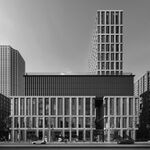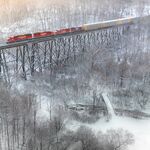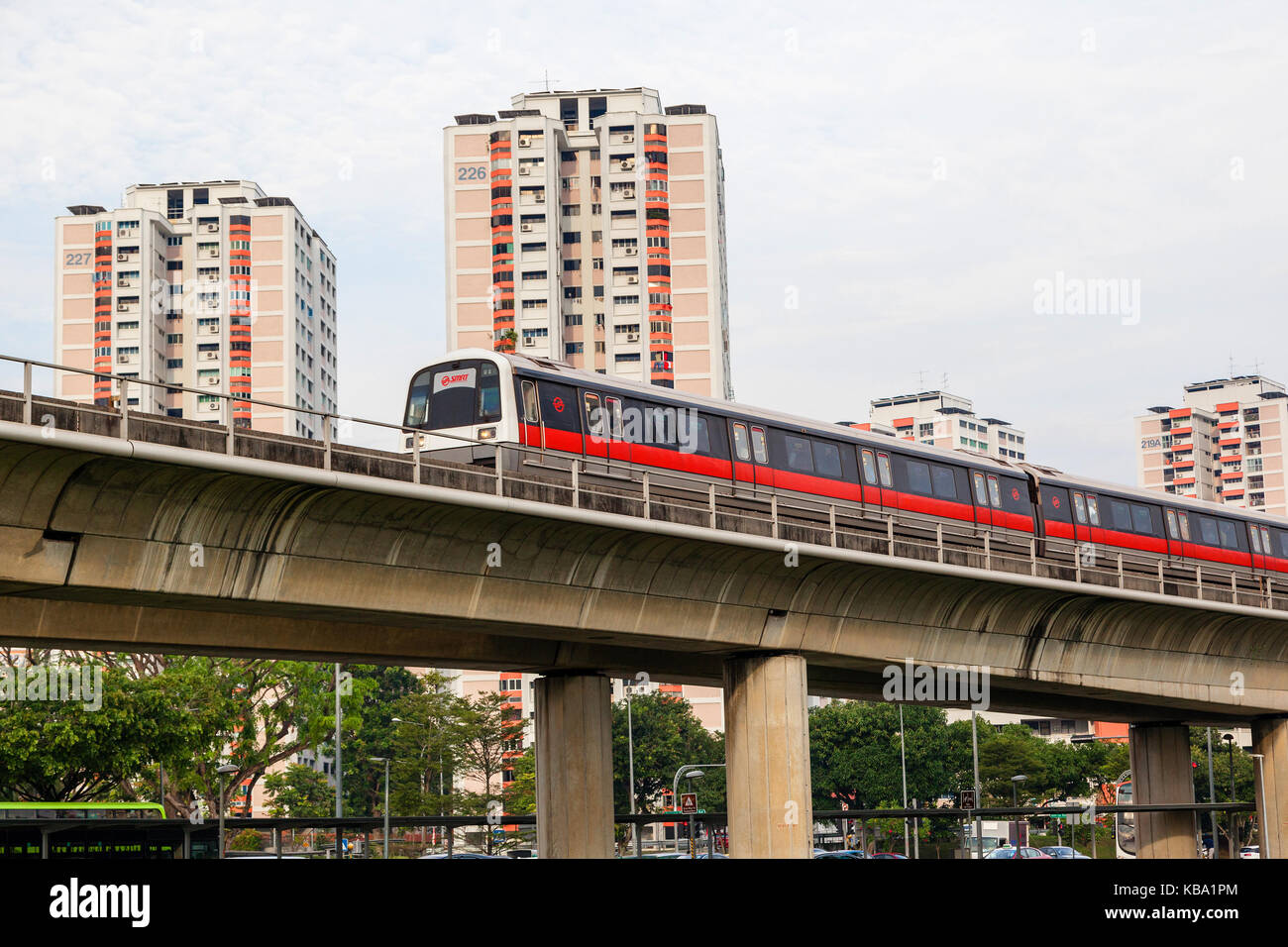The CL, unlike the other SkyTrain lines, was built short-sighted and it will come back and bite them in the ass. That said, the Canada Line still has higher capacity than the Eglinton line with it`s 100 meter stations as opposed to 50 meter CL ones. CL can run every 90 seconds and it is impossible for ANY grade line to run more than every 3 minutes especially one that goes right down the centre of a busy road. The CL is cheaper to run due to automation, is faster, and far more reliable than Eglinton.
Eglinton should be a completely grade separated line but Miller`s `LRT or nothing mantra` greatly limits the speed, reliability, and capacity of the line.







